E-commerce Expansion
The B2B Food Market is experiencing a notable shift towards e-commerce platforms, which facilitate seamless transactions between businesses. This trend is driven by the increasing demand for convenience and efficiency in procurement processes. According to recent data, e-commerce sales in the food sector have surged, with projections indicating a growth rate of approximately 15% annually. Businesses are increasingly adopting online solutions to streamline their supply chains, reduce operational costs, and enhance customer engagement. The rise of digital marketplaces allows suppliers to reach a broader audience, thereby fostering competition and innovation within the B2B Food Market. As companies invest in digital infrastructure, the landscape of food distribution is likely to evolve, creating new opportunities for both suppliers and buyers.
Sustainability Practices
Sustainability has emerged as a pivotal driver within the B2B Food Market, as businesses increasingly prioritize environmentally friendly practices. Companies are adopting sustainable sourcing methods, reducing food waste, and implementing eco-friendly packaging solutions. Recent studies indicate that approximately 70% of businesses in the food sector are actively seeking suppliers who adhere to sustainable practices. This shift not only aligns with consumer preferences but also enhances brand reputation and loyalty. Furthermore, regulatory pressures are prompting companies to adopt sustainable practices, as governments worldwide implement stricter environmental regulations. The emphasis on sustainability is likely to reshape supply chains and influence purchasing decisions, making it a critical factor in the B2B Food Market.
Health-Conscious Offerings
The growing awareness of health and wellness is significantly influencing the B2B Food Market. Businesses are increasingly seeking suppliers that offer healthier food options, reflecting a broader trend towards nutritious and functional foods. Data suggests that the demand for organic and natural ingredients has risen by over 20% in recent years, as companies aim to cater to health-conscious consumers. This trend is not only limited to retail but extends to food service providers, who are incorporating healthier menu items to attract a diverse clientele. As the focus on health continues to intensify, suppliers in the B2B Food Market must adapt their offerings to meet evolving consumer preferences, thereby enhancing their competitive edge.
Technological Advancements
Technological advancements are reshaping the B2B Food Market, as businesses leverage innovative solutions to enhance operational efficiency. The integration of technologies such as artificial intelligence, blockchain, and IoT is streamlining supply chain management and improving traceability. For instance, AI-driven analytics are enabling companies to optimize inventory management, reducing waste and costs. Additionally, blockchain technology is enhancing transparency in food sourcing, which is increasingly demanded by consumers and regulatory bodies alike. As these technologies become more prevalent, they are likely to transform traditional business models within the B2B Food Market, fostering greater collaboration and efficiency among stakeholders.
Global Supply Chain Resilience
The resilience of supply chains is a critical driver in the B2B Food Market, particularly in light of recent disruptions. Businesses are increasingly focusing on diversifying their supply sources to mitigate risks associated with reliance on single suppliers. Data indicates that companies are investing in local sourcing strategies, which not only enhance supply chain resilience but also support local economies. This trend is likely to continue as businesses recognize the importance of agility and flexibility in their operations. Furthermore, the emphasis on building robust supply chains is expected to drive innovation in logistics and distribution, ultimately benefiting the B2B Food Market as a whole.


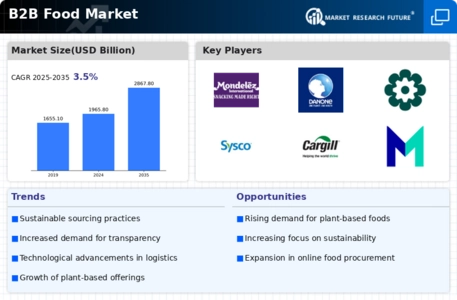
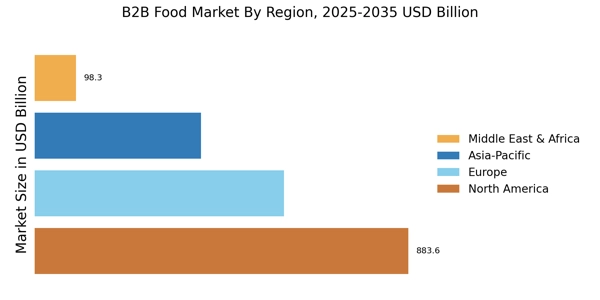
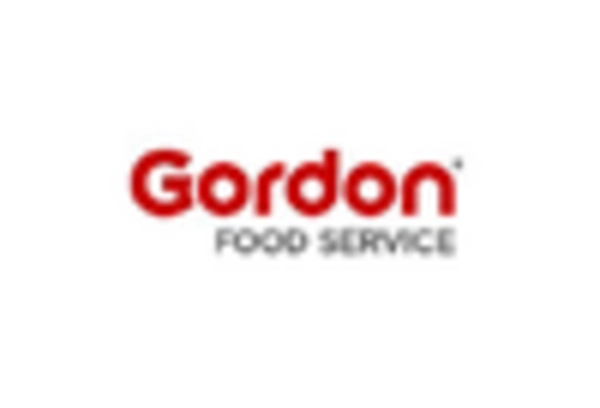
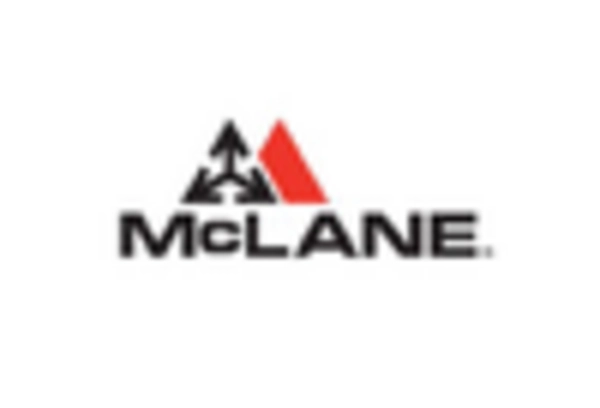
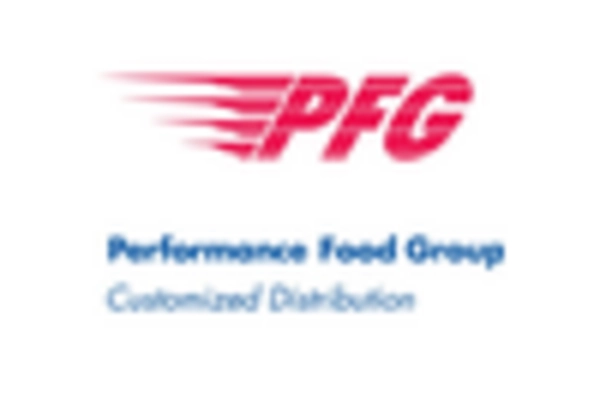
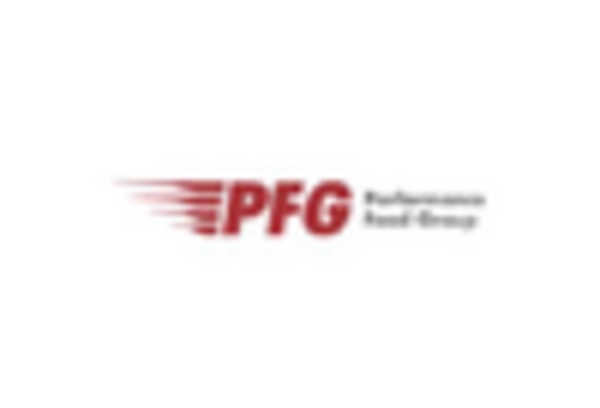
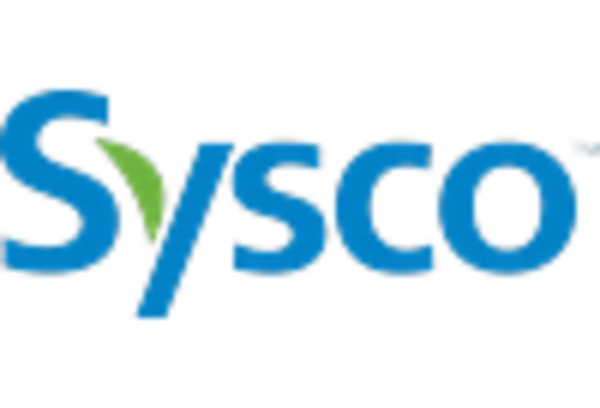
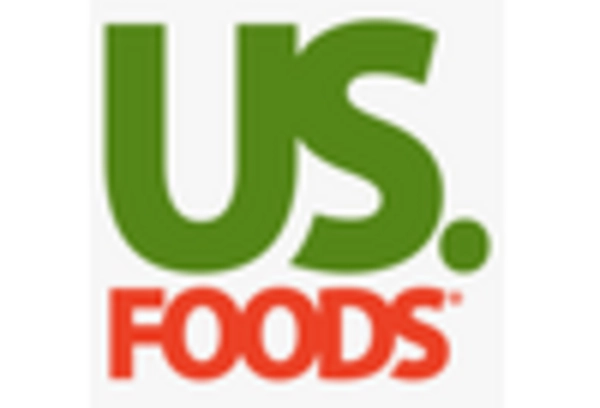








Leave a Comment